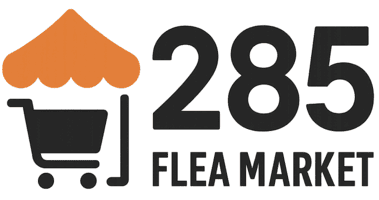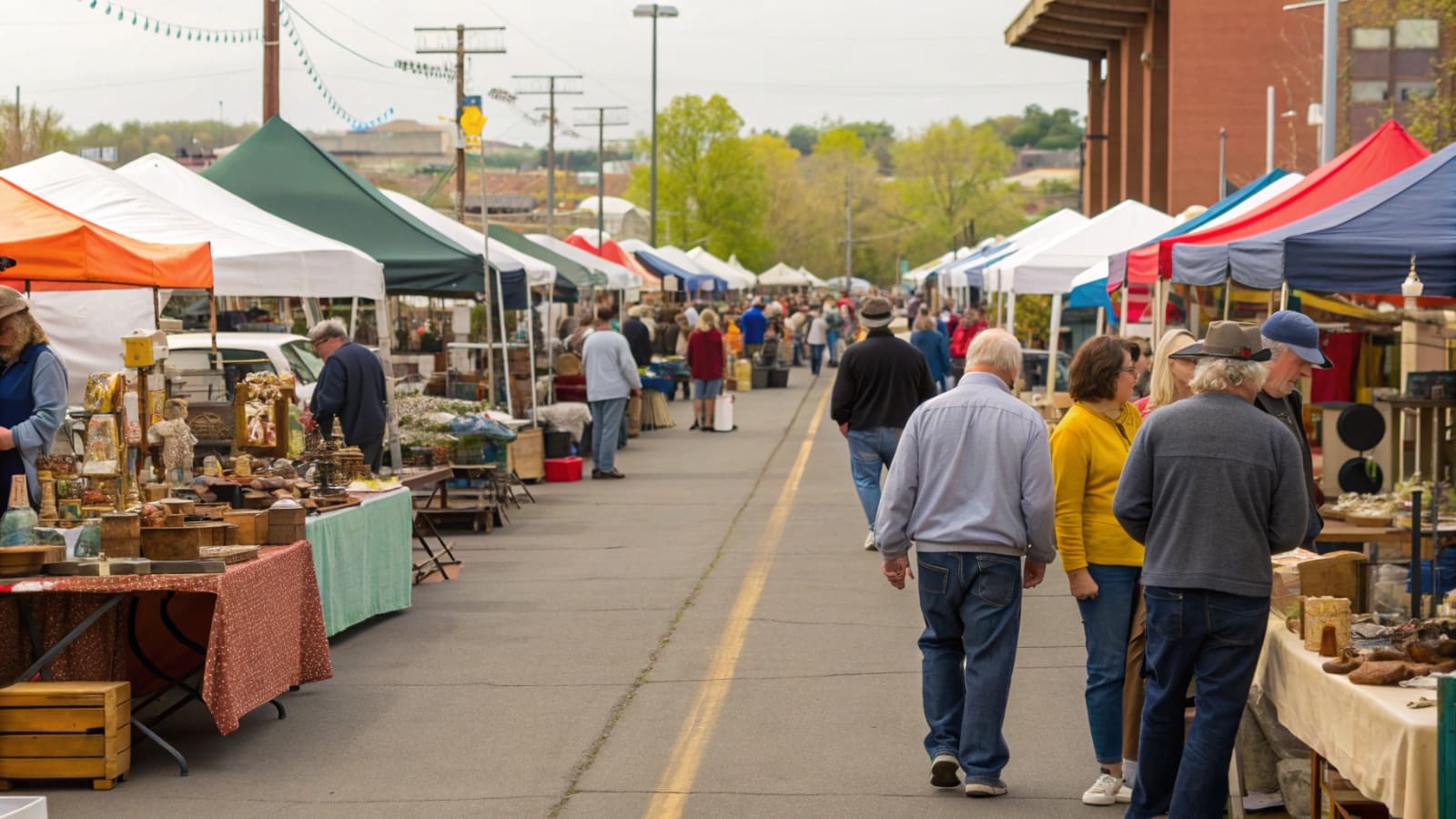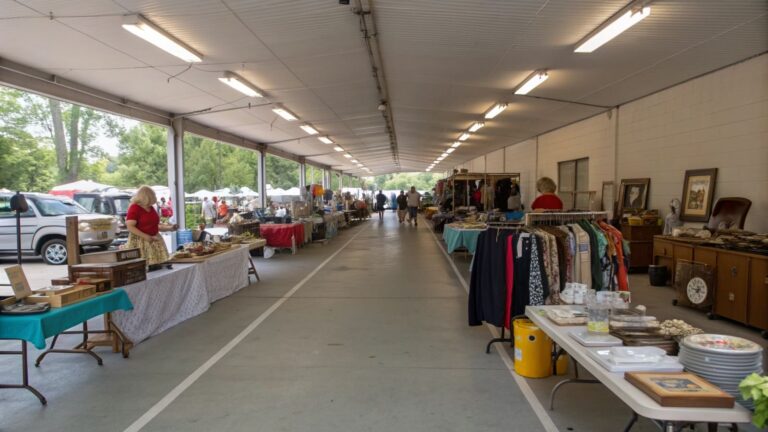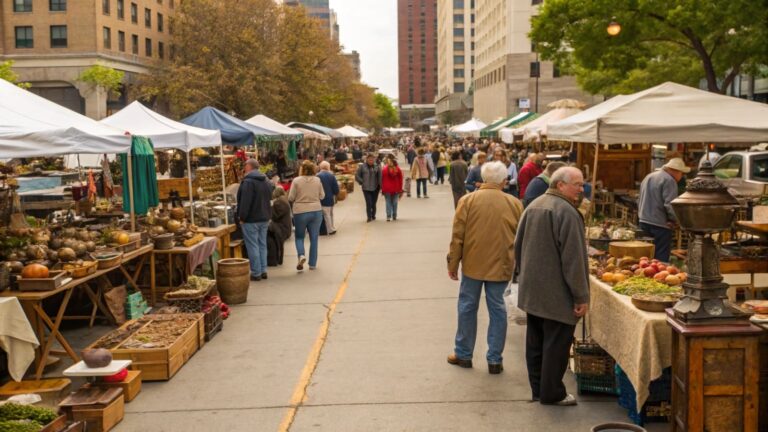Flea markets and swap meets are both popular shopping destinations filled with bargains, unique finds, and lively community energy. But even though many people use the terms interchangeably, each market type offers a very different experience. Choosing the right one can determine what you find, how much you pay, and how enjoyable your visit is.
This in-depth comparison explains what each market is, how they differ, what you can expect, and which one is better depending on your goals. Whether you’re hunting for antiques, stocking up on low-cost essentials, or looking for a fun weekend experience, this guide will help you decide.
What Is a Flea Market?
Flea markets—originally inspired by the French “marché aux puces”—began as places where people sold secondhand goods, curiosities, and antique items that often had history behind them. Today, they exist worldwide and attract collectors, tourists, and weekend explorers.
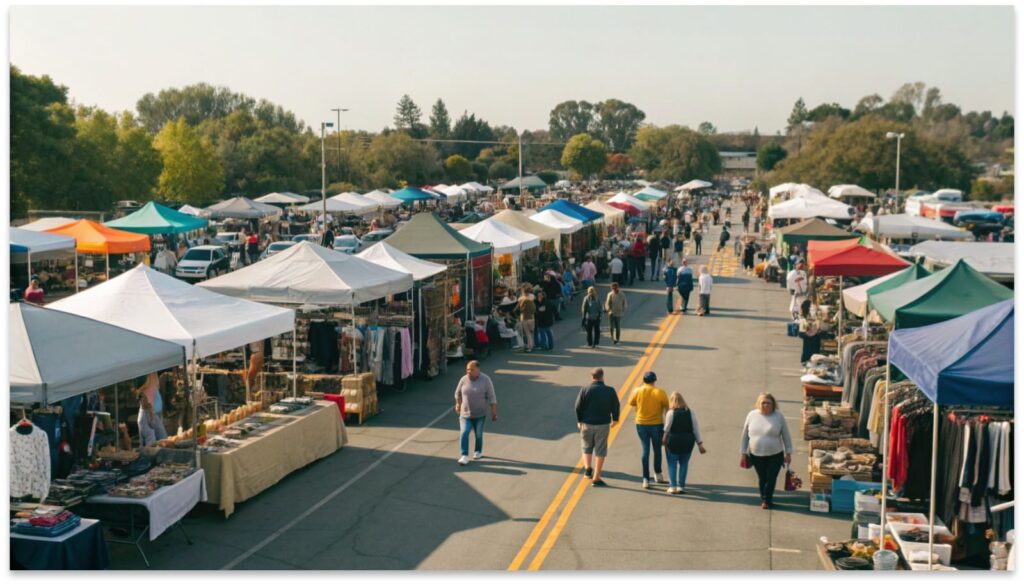
Typical products you’ll find at a flea market include antiques, vintage furniture, handmade crafts, retro clothing, collectibles such as coins or vinyl records, and sometimes gourmet or artisanal food. The atmosphere tends to be nostalgic, artistic, and curated. Many vendors are passionate about the items they sell and enjoy sharing their stories.
Flea markets are ideal for people who enjoy browsing, discovering hidden gems, and connecting with sellers who specialize in unique goods.
What Is a Swap Meet?
A swap meet, rooted in the concept of “swapping,” traditionally started as a place where people exchanged goods—especially tools, car parts, and practical items. Over time, swap meets evolved into broader markets, but they still focus heavily on affordable, utilitarian products.
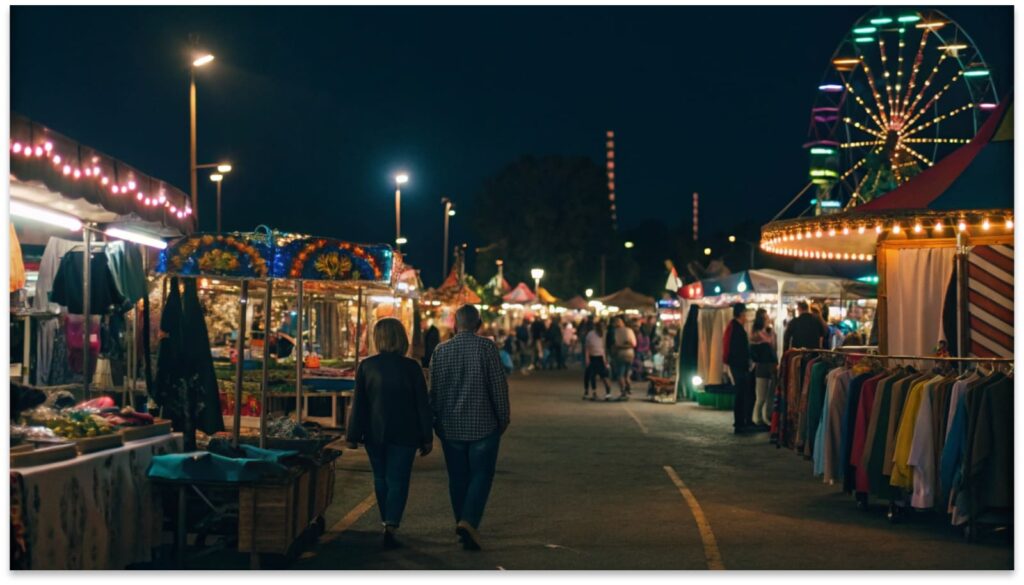
Common items at swap meets include low-cost clothing, electronics, accessories, tools, auto parts, household goods, and sometimes fresh produce. The atmosphere is usually more functional and commerce-focused than a flea market. Many customers go with specific items in mind, especially budget-friendly products.
Swap meets are great for bargain hunters, families on a budget, DIY enthusiasts, and small businesses seeking inventory to resell.
Similarities Between Flea Markets and Swap Meets
Both markets share several traits:
- They feature multiple independent vendors.
- Bargaining is common and often expected.
- Many products are affordable, secondhand, or sourced directly by vendors.
- They serve as community hubs where people gather, socialize, and support local commerce.
- Food stalls and entertainment are often part of the experience.
Despite these similarities, the differences between flea markets and swap meets are significant enough to influence your shopping results.
Key Differences Between Flea Market and Swap Meet
Product Focus
Flea markets highlight unique, vintage, or one-of-a-kind items.
Swap meets emphasize practical, low-cost goods and bulk items.
Target Audience
Flea market visitors include tourists, collectors, and people who appreciate history and craftsmanship.
Swap meets attract bargain hunters, DIYers, mechanics, and resellers.
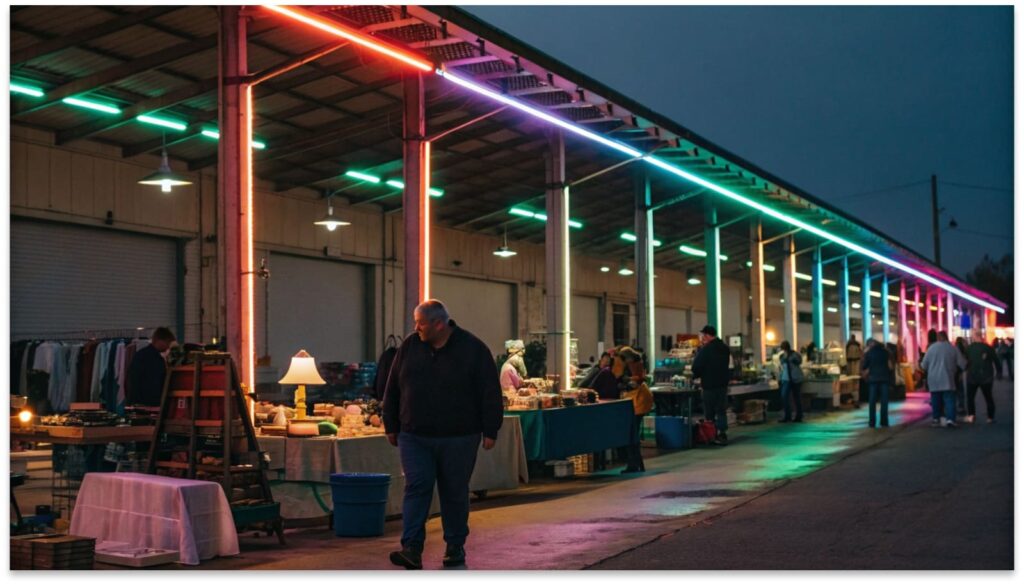
Price Range
Flea markets tend to have higher prices for unique items but still allow room for negotiation.
Swap meets generally offer lower prices overall, especially for everyday products.
Atmosphere
Flea markets feel curated and artistic, with vendors who often specialize in their products.
Swap meets are faster-paced and more utilitarian, with wide-ranging merchandise displayed simply.
Frequency and Organization
Flea markets may be seasonal, monthly, or event-based.
Swap meets usually occur weekly and are more consistent.
Side-by-Side Comparison Table
| Feature | Flea Market | Swap Meet |
|---|---|---|
| Main Products | Vintage, antiques, collectibles | Tools, electronics, cheap clothing, auto parts |
| Prices | Medium to high | Low to medium |
| Best For | Finding unique items | Budget shopping and practical goods |
| Atmosphere | Curated, artistic | Practical, fast-paced |
| Bargaining | Common | Very common |
| Audience | Collectors, tourists, hobbyists | Families, bargain hunters, resellers |
| Frequency | Weekly or monthly events | Weekly and regular |
| Experience | Relaxed, exploratory | Efficient, deal-focused |
Pros and Cons of Flea Markets
Pros
- Excellent for unique discoveries and antique treasures.
- More curated and enjoyable atmosphere.
- Vendors often have deep knowledge of their products.
Cons
- Prices can be higher for rare items.
- Requires time to browse and evaluate authenticity.
- Not ideal for quick or practical shopping.
Pros and Cons of Swap Meets
Pros
- Very affordable prices and lots of variety.
- Great for buying practical items or in bulk.
- Ideal for finding auto parts, tools, and low-cost essentials.
Cons
- Fewer unique or highly valuable pieces.
- Quality varies; products require careful inspection.
- Atmosphere can be crowded or less visually appealing.
Who Should Go to a Flea Market?
A flea market is perfect for you if:
- You love vintage pieces, décor, or collectibles.
- You enjoy browsing leisurely and discovering unexpected treasures.
- You value craftsmanship, stories, and unique finds.
- You’re visiting a city and want a memorable cultural experience.
Who Should Go to a Swap Meet?
A swap meet suits you best if:
- You’re looking for low-cost items or shopping on a budget.
- You want tools, auto parts, household goods, or electronics.
- You’re a reseller looking for bulk bargains.
- You enjoy negotiating and finding great deals.
Practical Tips for Shopping at Both Market Types
Before You Go
- Bring cash, especially small bills.
- Wear comfortable shoes and bring reusable bags.
- Arrive early for the best selections or arrive late for clearance deals.
- Check the market schedule—some are seasonal.
How to Bargain Effectively
- Start by offering 30–40% below the asked price if it’s negotiable.
- Be friendly; vendors are more likely to reduce prices for polite buyers.
- Bundle items from the same seller for additional discounts.
- Show interest but not desperation—keep your poker face.
How to Check Quality
- Look for brand marks or craftsmanship details on antiques.
- Test electronics or tools when possible.
- Examine clothing for wear, seams, and fabric condition.
- For food items, check freshness and hygiene.
Best Times to Visit
- Early morning: best selection.
- Late afternoon: best deals.
- Mid-day on weekends: busiest crowds.
Cultural, Economic, and Community Impact
Flea markets and swap meets play important roles beyond shopping.
Economic Impact
Both support local entrepreneurs, artisans, families, and hobby vendors.
They foster micro-economies with low entry barriers and generate revenue for surrounding businesses.
Cultural Impact
Flea markets preserve history through antiques and unique items with stories.
Swap meets reflect grassroots commerce, DIY culture, and community resourcefulness.
Community Importance
These markets bring people together, encourage recycling and upcycling, and create spaces for diverse interactions.
Real-World Scenarios
Scenario 1: Looking for a Vintage Lamp
A flea market is more likely to offer a restored art-deco lamp with a backstory and a seller who knows its origin.
Scenario 2: Needing a Car Part
A swap meet—especially an automotive one—is where you’ll quickly find the parts you need at low prices.
Scenario 3: Buying Wholesale Clothing
Swap meets often offer bundles and price breaks perfect for small-business owners.
Which Is Better: Flea Market or Swap Meet?
It depends entirely on what you’re looking for.
- If your goal is to find unique items, enjoy a relaxed outing, or appreciate antiques, the flea market is the better choice.
- If you want low prices, practical goods, or bulk inventory, the swap meet is the superior option.
- For a balanced shopping strategy, many bargain hunters visit both: the flea market for treasures and the swap meet for essentials.
Final Takeaway
A flea market offers charm, uniqueness, and discovery.
A swap meet offers affordability, practicality, and efficiency.
Understanding the differences makes your visit more rewarding and helps you choose the market that best matches your budget, goals, and personality. If you want the perfect combination of value and adventure, try exploring both—each offers its own kind of treasure.
